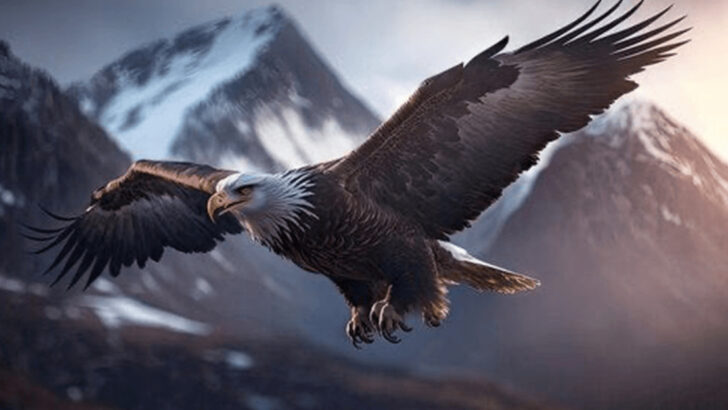Some animals didn’t just roam the land—they shaped it.
Before borders, highways, and skyscrapers, North America pulsed with life that fed, clothed, healed, and inspired. Bison thundered across plains like living storms. Wolves weren’t just predators—they were teachers. And eagles? Messengers between the Earth and the sky.
For Indigenous cultures across the continent, animals weren’t background noise—they were central characters. Sacred. Symbolic. Essential to survival and spiritual identity.
This isn’t just a list of creatures.
It’s a story about connection, respect, and a way of life where nature wasn’t conquered—it was honored.
Let’s meet the animals that helped build entire worlds.
American Bison
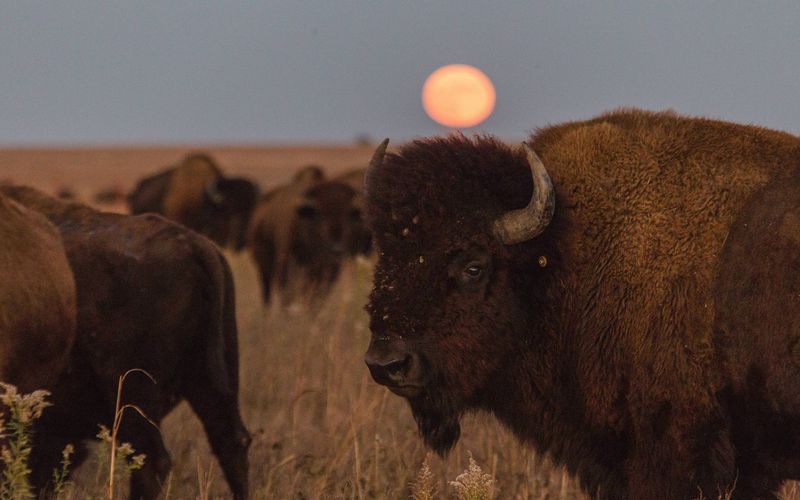
The American Bison, or buffalo, is an iconic symbol of the Great Plains and holds immense significance for many Indigenous tribes. With their powerful build and unmistakable presence, bison were central to the livelihoods of tribes like the Lakota and Cheyenne. They provided not just food but materials for clothing and shelter.
In spiritual terms, the bison represented abundance and strength. Tribes revered these creatures in ceremonies and storytelling, teaching the values of respect and sustainability. While once nearly driven to extinction, bison are now a symbol of cultural revival and ecological restoration.
Bald Eagle
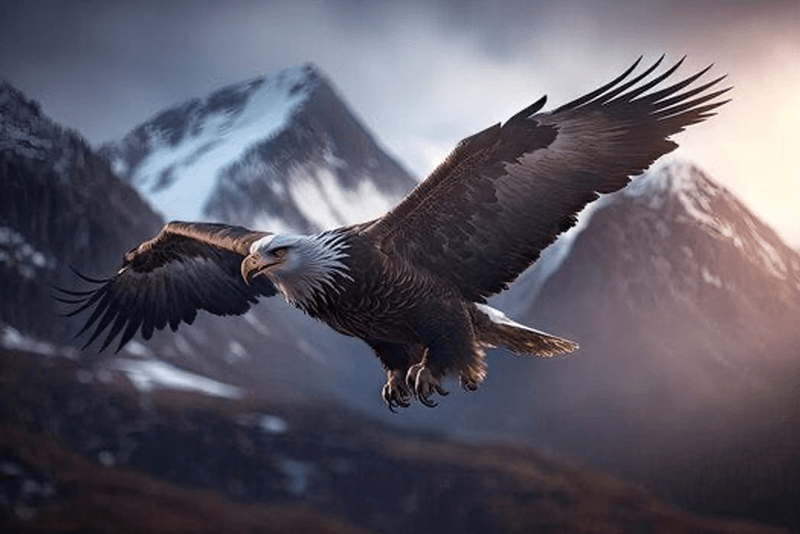
The Bald Eagle, with its striking white head and tail, is a powerful symbol in Indigenous cultures, representing strength, freedom, and spiritual vision. Many tribes, including the Haida and Navajo, regard the eagle as a sacred messenger between the earthly and spiritual realms.
Eagle feathers are highly prized, used in rituals and as symbols of honor and bravery. The eagle’s ability to fly at great heights is seen as a metaphor for reaching higher spiritual planes. Its presence in ceremonies underscores a connection to the divine and a reminder of the interconnectedness of life.
Coyote
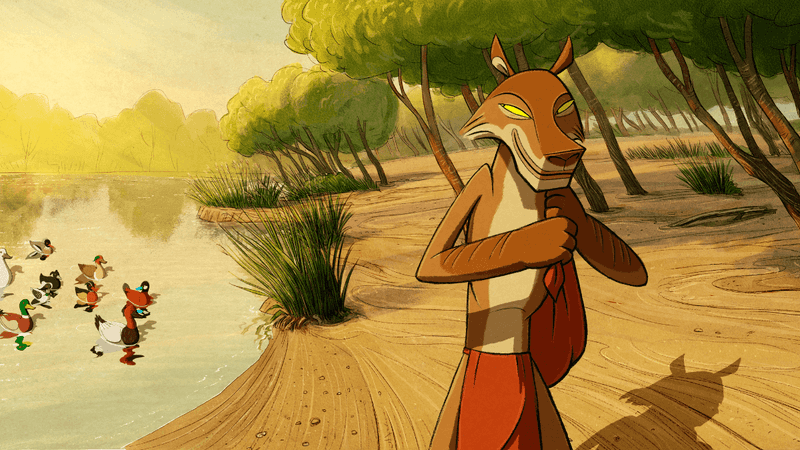
In many Native American cultures, the coyote is both revered and feared as a trickster figure. Known for its cleverness and adaptability, the coyote appears in countless stories and legends, often teaching lessons about human nature.
Tribes such as the Navajo and Hopi see the coyote as a symbol of survival and wit, embodying the dual nature of creation and chaos. The coyote’s howling is considered a call to embrace change and resilience. Through tales and dances, the coyote’s role in Indigenous culture continues to be a source of wisdom and humor.
Raven

Raven holds a central place in the myths and legends of the Pacific Northwest tribes, such as the Tlingit and Haida. Known for its intelligence and playfulness, the raven is often depicted as a creator or a trickster.
In these stories, Raven is credited with bringing light to the world and shaping the landscapes. Its voice and antics are reminders of the balance between wisdom and mischief. Ravens are also seen as symbols of transformation, able to navigate the earthly and spiritual realms. Their presence in totem poles signifies their esteemed place in the cultural narrative.
Salmon
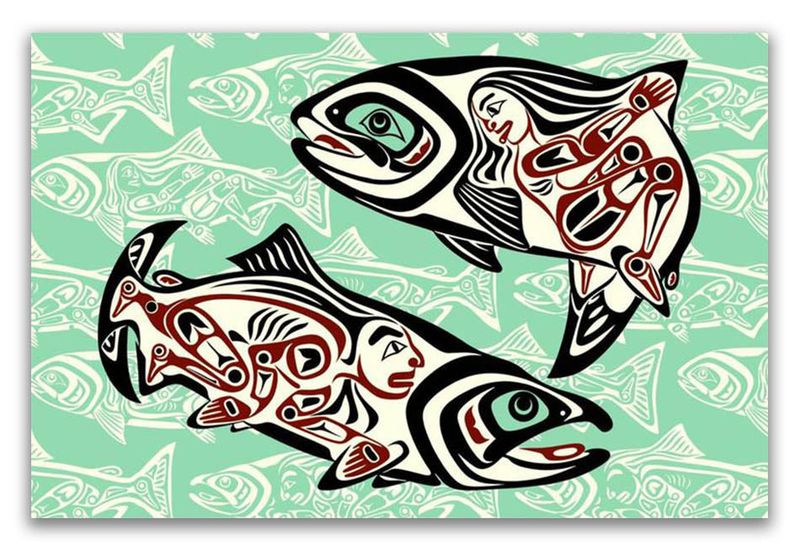
Salmon are at the heart of Indigenous life in the Pacific Northwest, revered by tribes like the Chinook and Coast Salish. These fish symbolize renewal and perseverance, returning each year to their birthplaces to spawn.
Salmon runs are celebrated with ceremonies that honor the fish’s sacrifice and ensure future abundance. The annual migration is a time of community gathering and storytelling, reinforcing social bonds and cultural identity. Salmon are not just a food source but a bridge connecting generations and teaching respect for nature’s cycles.
Wolf
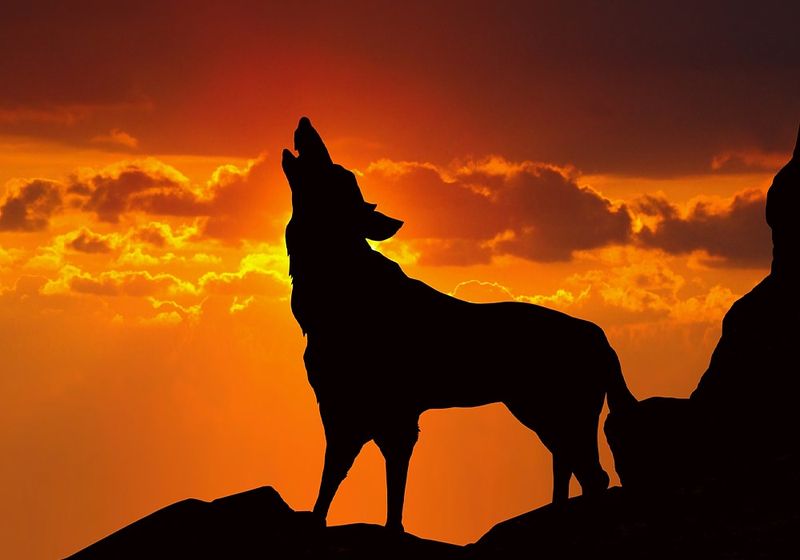
Wolves are respected as powerful and social creatures in many Indigenous cultures, particularly among tribes of the northern forests. Known for their strong family bonds and cooperative hunting, wolves symbolize loyalty, courage, and community.
Tribes like the Ojibwe and Nez Perce see the wolf as a teacher, guiding them in the ways of living harmoniously with nature. Wolf clans are common in tribal structures, where the animal’s traits are admired and emulated. The wolf’s haunting howl echoes the spiritual call to listen and learn from the wilderness around us.
Bear
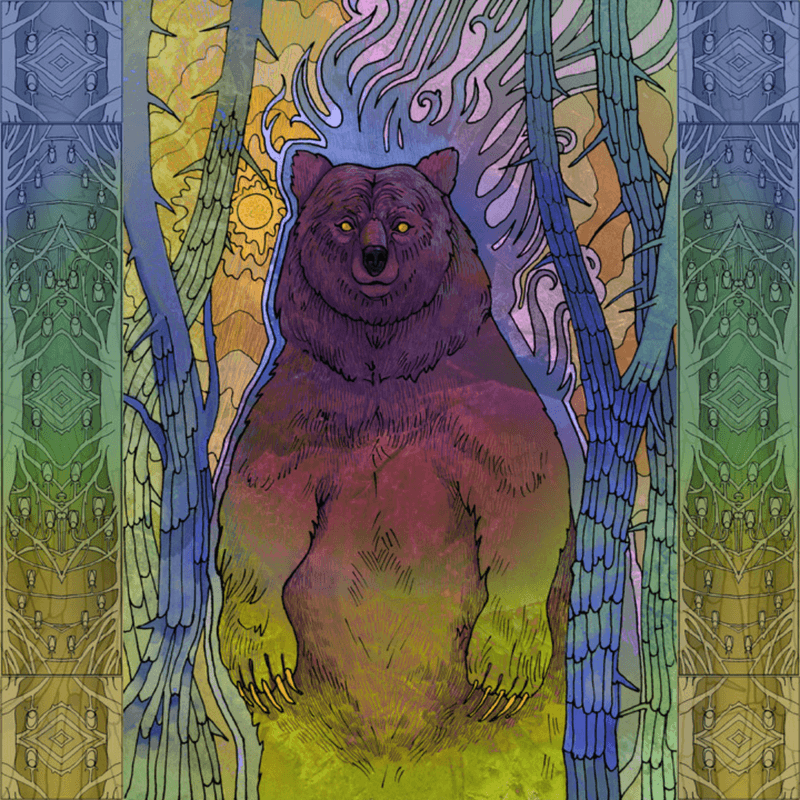
In Indigenous cultures, bears are often seen as symbols of strength, healing, and introspection. Tribes like the Cherokee and Mi’kmaq hold the bear in high regard, associating it with powerful medicine and the ability to heal.
Bear dances and ceremonies are conducted to invoke the animal’s spirit for protection and guidance. Bears hibernate, which is seen as a time for reflection and renewal, teaching humans the value of introspection. The bear’s formidable presence in legends emphasizes bravery and the wisdom of retreating to one’s inner world.
Hummingbird
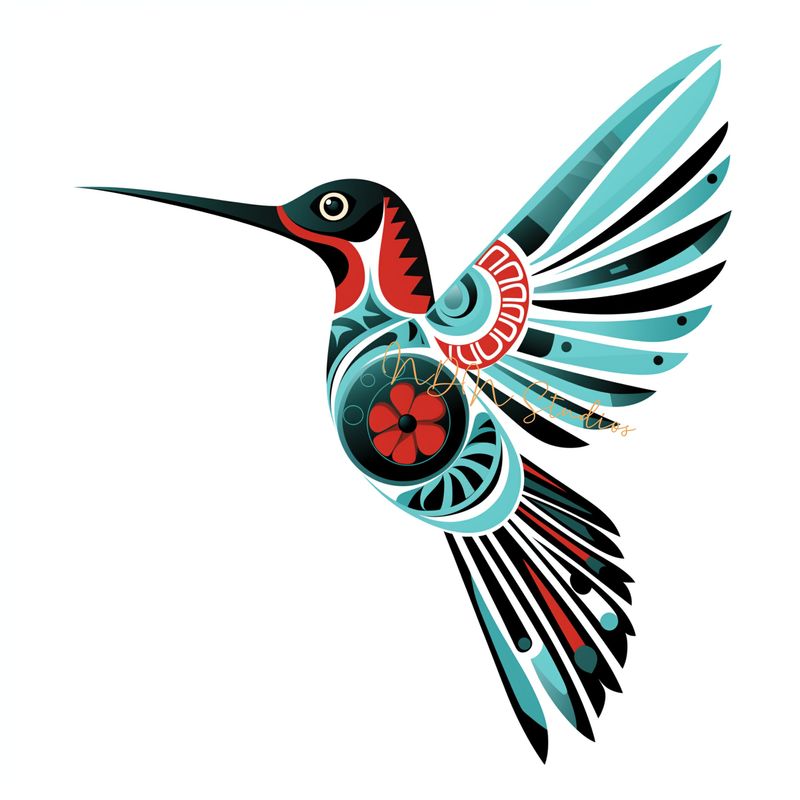
Hummingbirds, with their vibrant colors and swift movements, are cherished in many Indigenous cultures as symbols of joy, love, and beauty. Known for their resilience and agility, they are often seen as messengers of hope and good fortune.
Tribes like the Navajo associate hummingbirds with rain and abundance. Their ability to hover and move swiftly from flower to flower is a reminder of the importance of flexibility and adaptability. In storytelling, hummingbirds are portrayed as tireless warriors of love and happiness, bringing lightness and energy wherever they go.
Deer
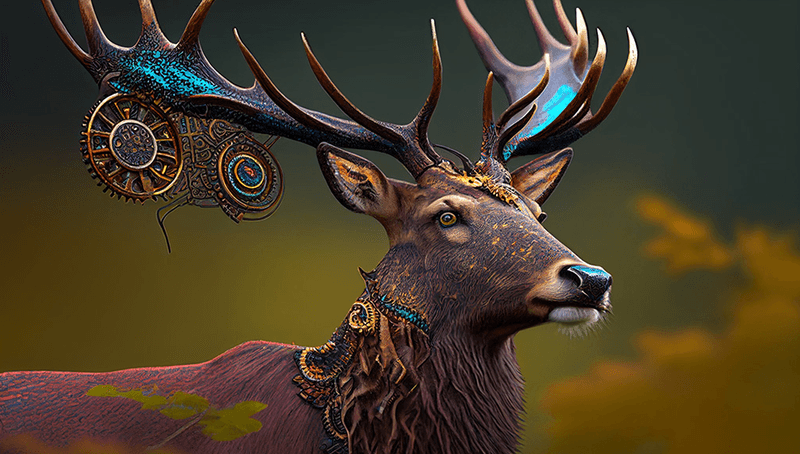
Deer are revered in Indigenous cultures for their gentle nature and keen awareness. They symbolize peace, intuition, and sensitivity, qualities that tribes such as the Cherokee and Blackfoot hold dear.
In spiritual teachings, deer represent the power of gentleness and the ability to navigate life with grace. Their presence in art and ceremonies reminds us to tread lightly and listen to our inner voices. Deer are also seen as mediators between the physical and spiritual worlds, guiding humans in their quests for understanding and compassion.
Turtle
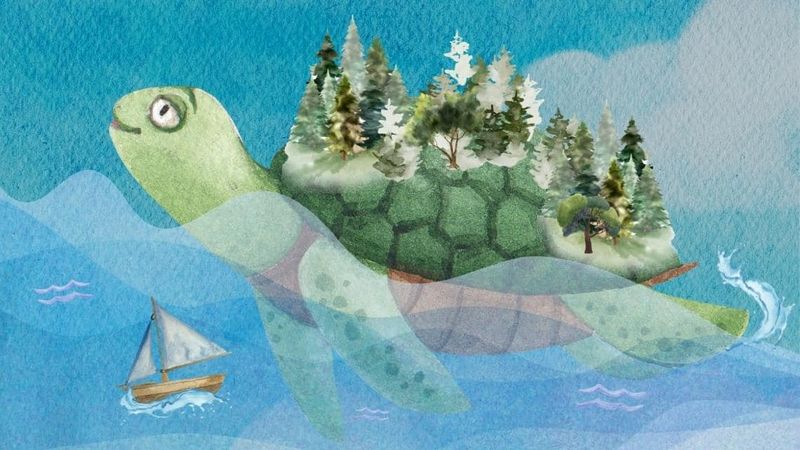
Turtles hold a special place in Indigenous lore, often depicted as the Earth’s foundation. Known for their longevity and persistence, turtles symbolize the Earth and its creation for many tribes, including the Lenape and Iroquois.
Stories of the World Turtle support the belief in a balanced and nurturing universe. Turtles’ slow and steady movement exemplifies patience and resilience, teaching humans the value of perseverance. Their shells represent protection and the interconnectedness of all life on Earth, reminding us of our duty to care for the planet.
Beaver
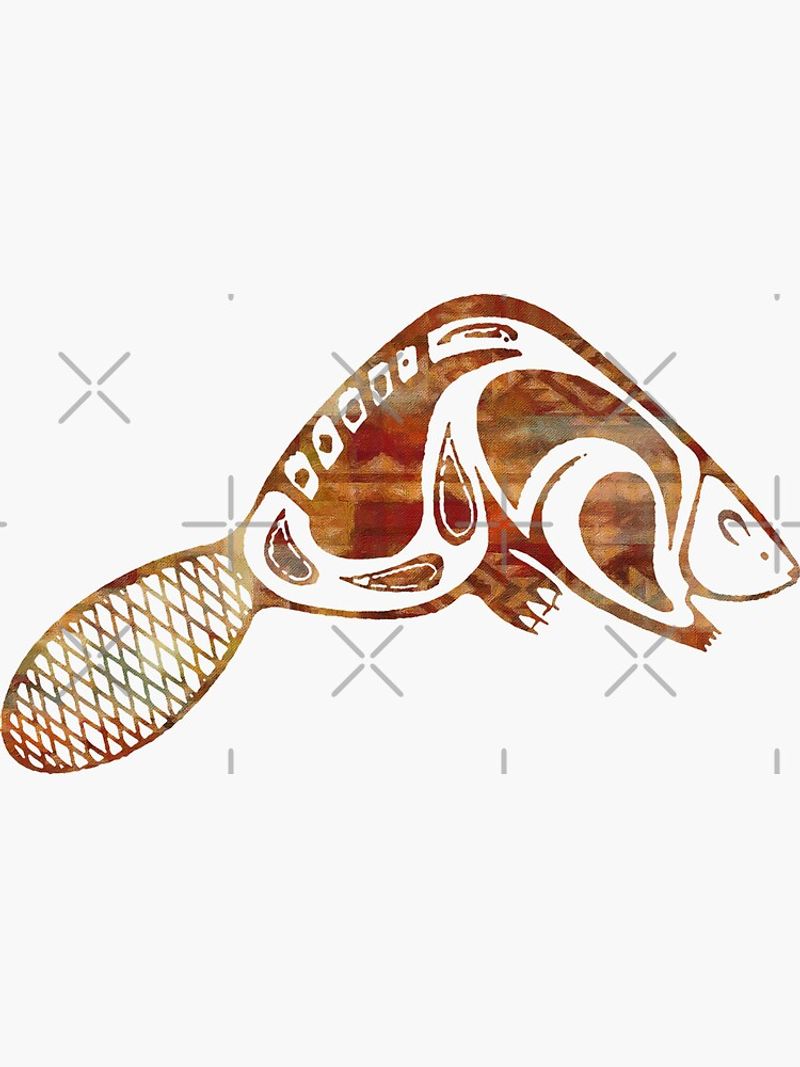
The beaver is known for its industrious nature, playing a significant role in shaping the landscapes and ecosystems of North America. For tribes like the Cree and Algonquin, beavers symbolize wisdom, persistence, and the ability to transform one’s environment.
Beaver dams create habitats for countless species, showcasing the animal’s importance in maintaining ecological balance. In Indigenous narratives, the beaver is a teacher of hard work and cooperation, reflecting the values of community and sustainable living. Its transformative power in nature is mirrored in human life, where diligence leads to creation and growth.
Owl
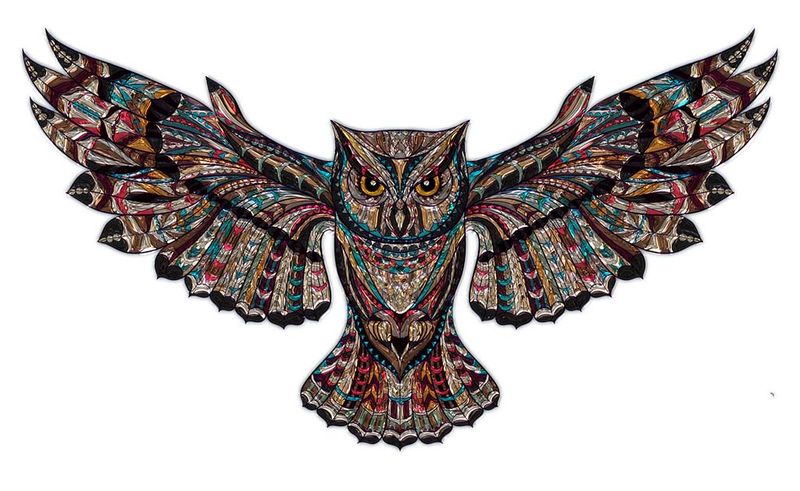
Owls hold a dual symbolism in Indigenous cultures, representing both wisdom and the unknown. Known for their nocturnal vision, they are seen as guides through darkness, offering insight into hidden truths.
Tribes like the Hopi and Apache associate owls with spiritual messengers, able to navigate the unseen realms. Their haunting calls are reminders of the mysteries that lie beyond the veil of night. In storytelling, owls are often depicted as wise elders, embodying the deep knowledge of the natural world and the cycles of life and death.
Hawk

Hawks are revered for their keen vision and powerful flight, symbolizing focus, observation, and the ability to see beyond the immediate. In Indigenous cultures, particularly among the Sioux and Iroquois, hawks are seen as protectors and messengers.
Their flight is a metaphor for spiritual journeys, teaching humans to rise above earthly concerns and gain broader perspectives. Hawk feathers are used in ceremonies to invoke clarity and direction. The hawk’s presence in dreams and visions often signals an awakening of inner sight, urging individuals to trust their instincts.
Moose

The moose, with its towering presence and massive antlers, is a respected figure in Indigenous cultures, especially among tribes of the northern woodlands. Known for its strength and endurance, the moose symbolizes survival and self-reliance.
Tribes like the Cree and Innu view the moose as a provider, offering sustenance and materials for clothing and tools. Moose hunting is accompanied by rituals that honor the animal’s spirit and ensure balance between humans and nature. Their solitary nature teaches the value of independence and the wisdom of introspection.
Fox
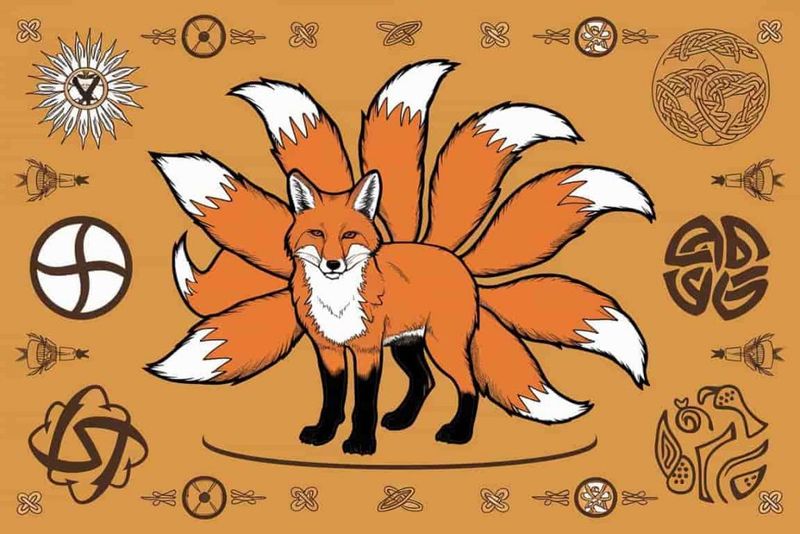
Foxes are celebrated for their cunning and adaptability in many Indigenous cultures. Known for their cleverness and agility, foxes often appear in folklore as tricksters and teachers.
Tribes such as the Apache and Zuni see the fox as a symbol of adaptability and quick thinking. Their ability to navigate diverse terrains is a reminder of the importance of flexibility and resourcefulness. In stories, the fox often outsmarts larger predators, teaching lessons about the power of intelligence and wit. Their playful spirit invites humans to embrace creativity and spontaneity.
Butterfly
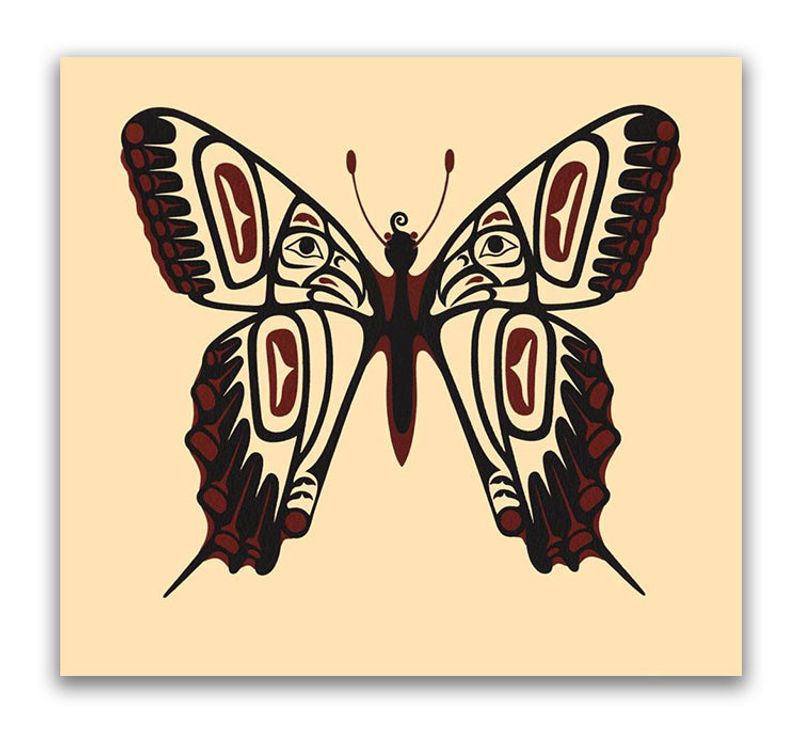
Butterflies, with their delicate wings and transformative life cycle, are powerful symbols of change and renewal in Indigenous cultures. Known for their beauty and grace, butterflies are seen as messengers of transformation and hope.
Tribes like the Hopi and Zuni associate butterflies with joy and new beginnings. Their metamorphosis from caterpillar to butterfly is a metaphor for personal growth and spiritual awakening. In ceremonies, butterflies are often invoked to bring positive change and blessings. Their ephemeral presence reminds us to cherish each moment and embrace life’s transitions with an open heart.
Elk
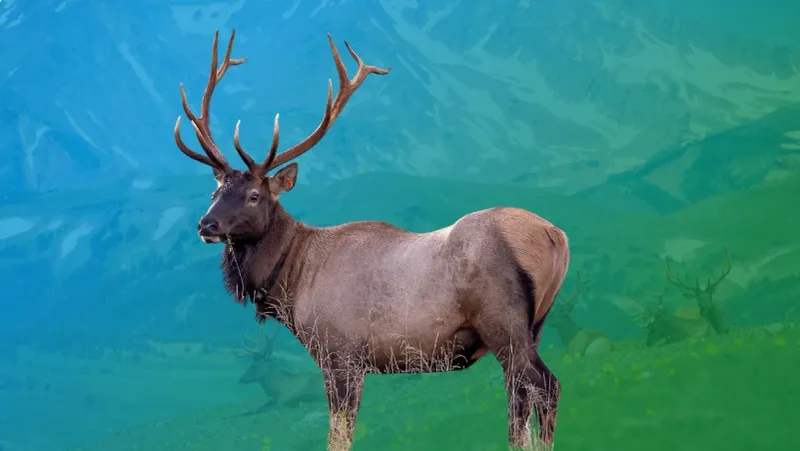
Elk are honored in Indigenous cultures for their strength, stamina, and grace. Known for their impressive antlers and majestic presence, elk symbolize pride and perseverance.
Tribes like the Blackfoot and Crow hold the elk in high regard, celebrating its role as a symbol of power and resilience. Elk hunting is accompanied by rituals that respect the animal’s spirit and ensure the sustainability of nature’s gifts. The elk’s ability to navigate rugged terrains teaches humans about endurance and the importance of maintaining balance in life’s journey.
Cougar
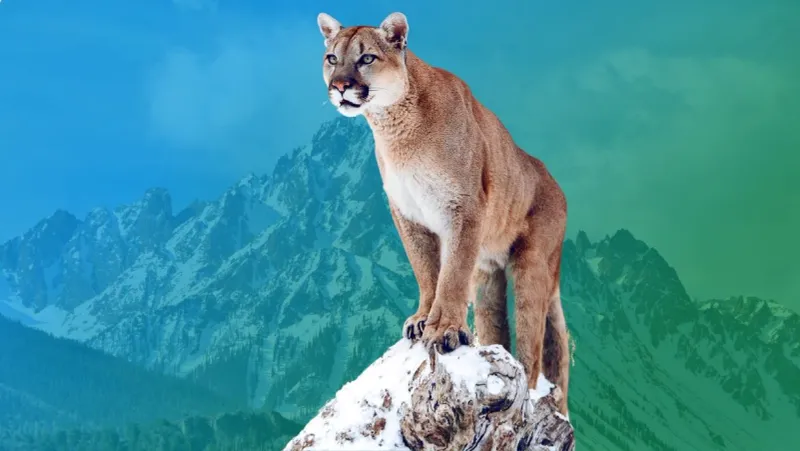
The cougar, also known as the mountain lion, is revered for its strength, agility, and solitary nature. In Indigenous cultures, particularly among tribes of the western mountains, cougars symbolize leadership and courage.
Known for their silent and stealthy movements, cougars are seen as guardians of the wilderness. They teach lessons about self-reliance and the power of quiet observation. In storytelling, cougars are depicted as noble creatures, embodying the spirit of the wild and the courage to forge one’s own path.
Whale
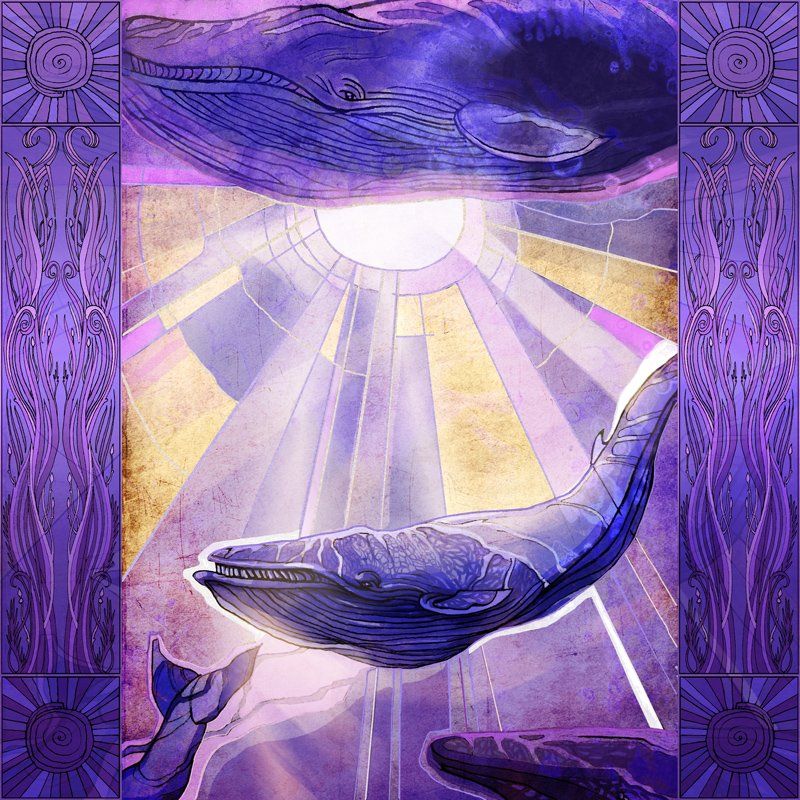
Whales hold a revered place in the myths and traditions of coastal Indigenous tribes, such as the Makah and Inuit. Known for their immense size and intelligence, whales symbolize creation, wisdom, and the deep mysteries of the ocean.
Whale hunting is steeped in spiritual rituals that honor the animal’s sacrifice and ensure the balance of marine ecosystems. Whales are seen as bridges between the earthly and spiritual worlds, embodying the interconnectedness of life. Their songs and journeys across vast oceans remind humans of the importance of community and the awe-inspiring power of nature.
Horse

Horses, introduced by Europeans, became integral to many Indigenous cultures, transforming their way of life. Known for their speed and strength, horses symbolize freedom and mobility.
Tribes like the Comanche and Lakota embraced horses as partners in hunting, travel, and warfare. The horse’s ability to traverse vast landscapes united tribes and expanded territories. In ceremonies, horses are honored for their bravery and endurance, reflecting the spirit of independence and adventure. The horse’s presence in art and storytelling celebrates a shared history and the dynamic relationship between humans and animals.
Snapping Turtle
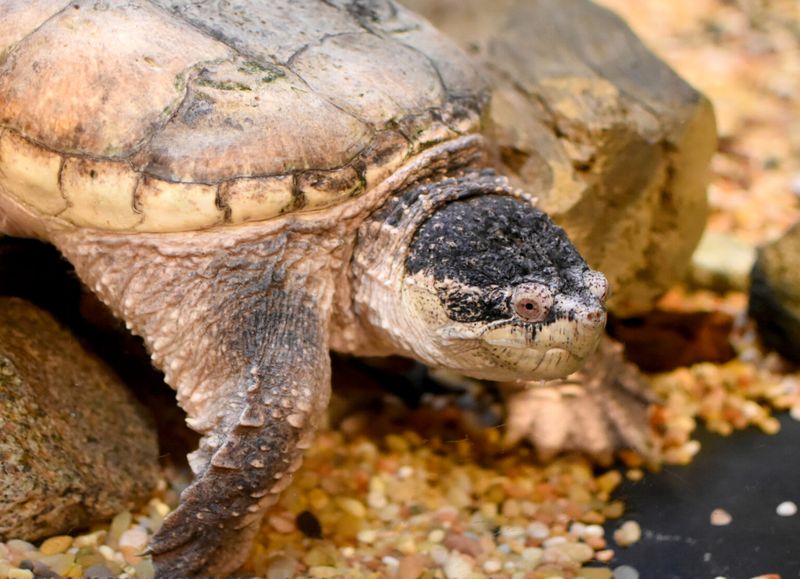
Snapping turtles are respected in Indigenous cultures for their resilience and ancient wisdom. Known for their powerful jaws and longevity, they symbolize survival and the primal forces of nature.
Tribes like the Seneca and Menominee associate snapping turtles with creation stories and the balance of life. Their ability to thrive in various environments teaches adaptability and perseverance. In legends, snapping turtles are depicted as guardians of the waters, embodying the strength needed to navigate life’s challenges and the wisdom to protect what is sacred.
Antelope
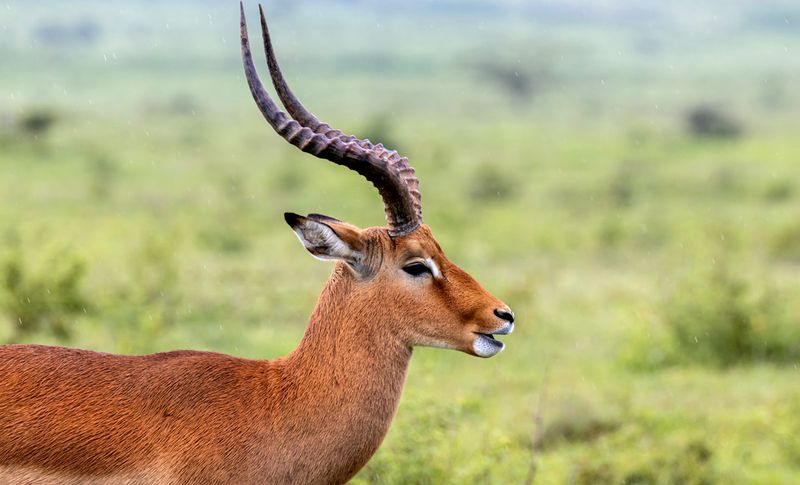
Antelopes, with their swift and graceful movements, are admired in Indigenous cultures for their agility and resilience. Known for their ability to navigate open landscapes, antelopes symbolize speed and intuition.
Tribes like the Shoshone and Paiute regard the antelope as a messenger of adaptability and quick thinking. Their presence in stories often reflects themes of survival and harmony with nature. Antelope hunting rituals emphasize respect and gratitude, ensuring a balance between human needs and ecological sustainability. Their spirit inspires humans to move through life with grace and awareness.
Squirrel
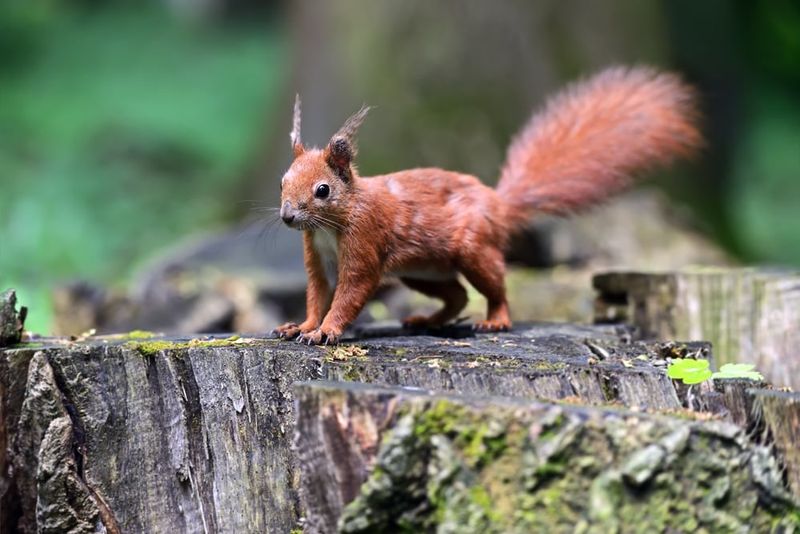
Squirrels, with their industrious nature and playful antics, are cherished in Indigenous cultures as symbols of preparation and resourcefulness. Known for their ability to gather and store food, squirrels embody the spirit of foresight and efficiency.
Tribes like the Apache and Ojibwe see squirrels as teachers of balance, reminding humans to plan for the future while enjoying the present. Their lively presence in forests and parks adds a sense of joy and curiosity to everyday life. In storytelling, squirrels often appear as clever and energetic creatures, encouraging humans to embrace adaptability and playfulness.
Prairie Dog
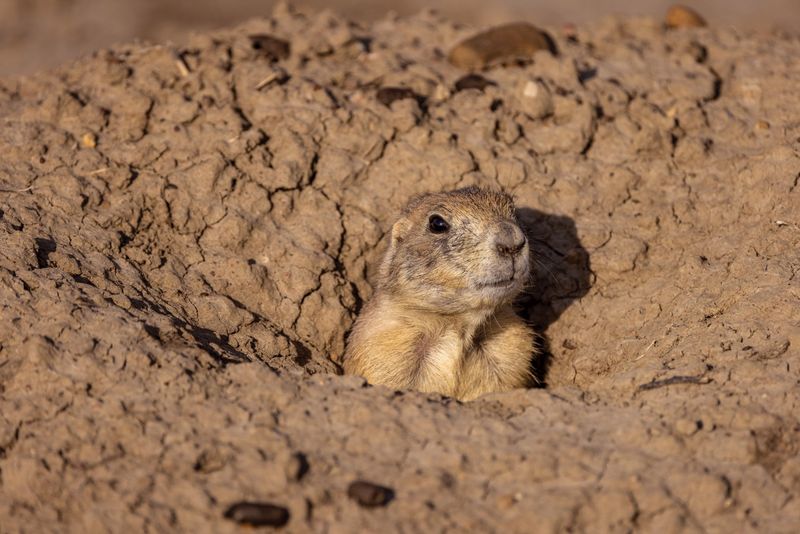
With an intricate social structure that mirrors human communities, the prairie dog is a marvel of communication. These small, burrowing rodents create extensive towns, bustling with life and chatter. Their high-pitched calls serve as warnings, keeping the community safe from predators.
Observed keenly by Indigenous peoples, prairie dogs have inspired stories of cooperation and vigilance. Their ability to maintain a complex social order has made them a symbol of community.
Did you know? Prairie dogs have a language of their own, using distinct calls to describe specific threats. This unique form of communication has intrigued researchers for decades.

